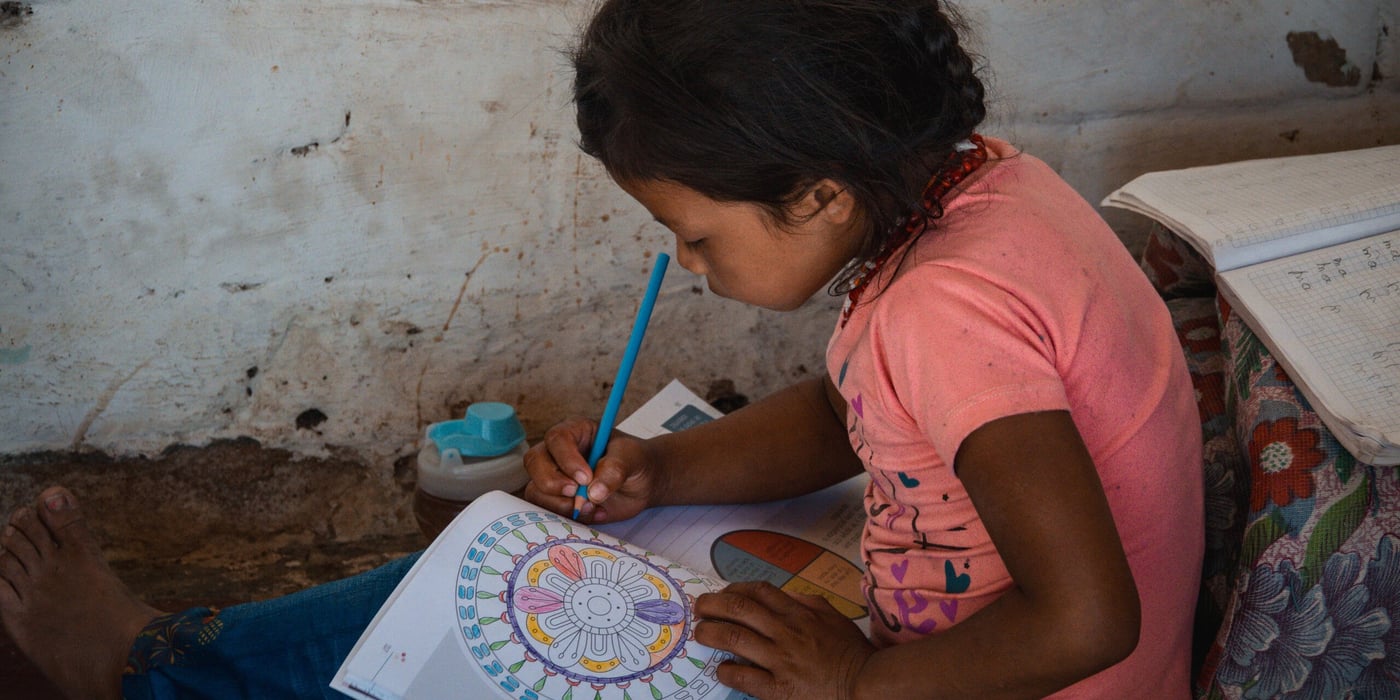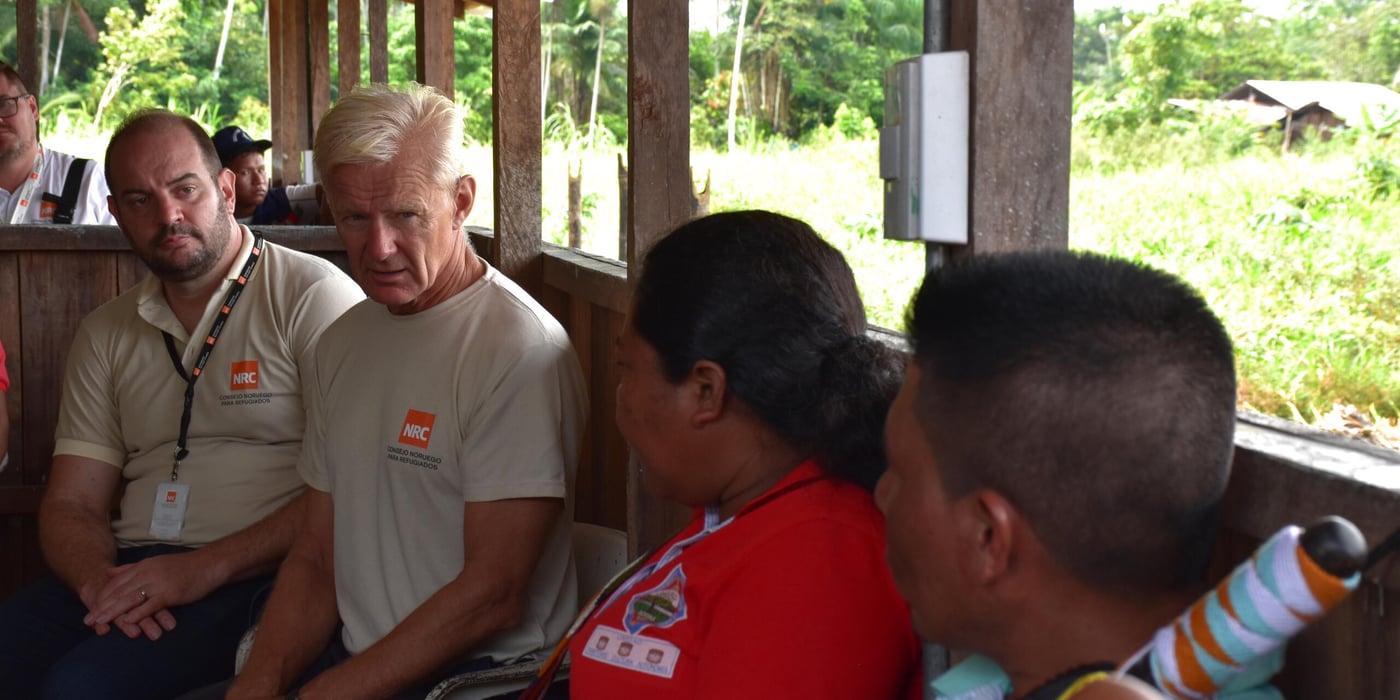
2018 will be a pivotal year for the country, and in May, a new president will be elected. Here are ten things threatening the peace in Colombia:
1. A fight for natural resources and drug routes
In many areas previously controlled by FARC, armed conflict is still ongoing. In some areas, the fighting has increased since FARC laid down their weapons, as armed groups are attempting to take control over strategic areas, natural resources and important drug routes. In many places, paramilitary groups have moved in, causing increased fear among the population. Violence has increased throughout the country, as has the number of local leaders being murdered.
2. The government is not doing enough
The government is still not able to guarantee the safety of the civilian population and has been criticised for not making this a bigger priority. The government says it lacks the resources and capacity.
3. More than seven million people are refugees in their own country
Violence and a lack of government presence led to a 36 per cent increase in internally displaced people in the first half of 2017 compared to the same period the previous year. The same trend continues in 2018, with a 60 per cent increase in January compared to 2017. Afro-Colombians and indigenous groups are hit especially hard by the fighting that's forcing people to flee.
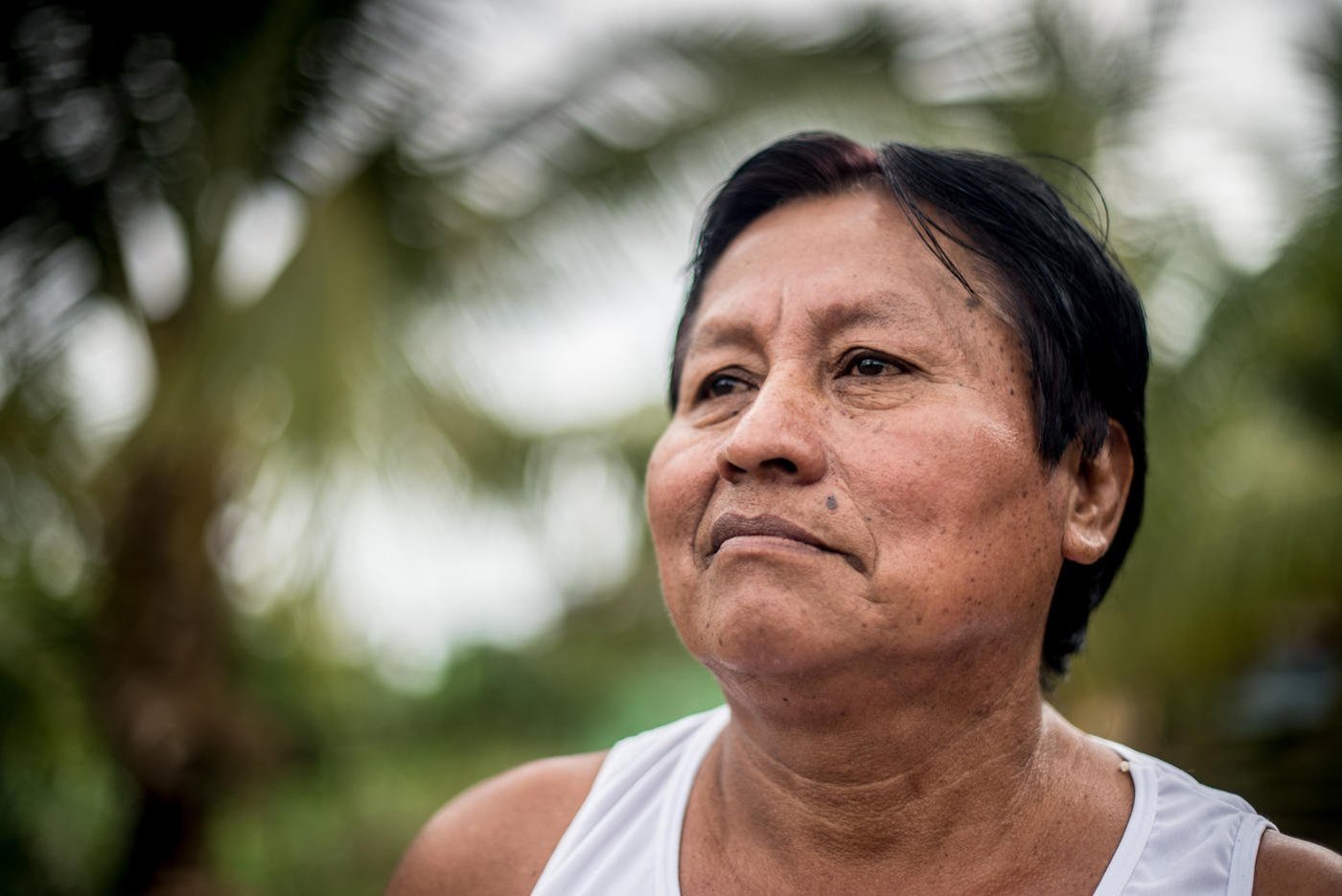
4. Local leaders are being murdered
A large number of local leaders and human rights activists have been killed in 2017. More than 78 known deaths have been registered as murders, and at least 13 more deaths are suspected murders, according to the UN Refugee Agency (UNHCR). Many fear that the number is even higher.
5. FARC have laid down their weapons, but have not received sufficient support
FARC have fulfilled their obligations as stipulated in the peace agreement: They have gone from being a guerrilla group to a political party. They have laid down their weapons and gone back to school. Many former FARC soldiers are nevertheless frustrated by the situation they're in, feeling like they're in limbo. Reintegration measures have been highly insufficient, and many have therefore left the demobilisation camps and travelled back to families or into the cities to look for work. Some have also returned to dissident groups that have arisen in some areas of Colombia, while other have joined new armed and criminal groups.
Read also: A worrisome peace
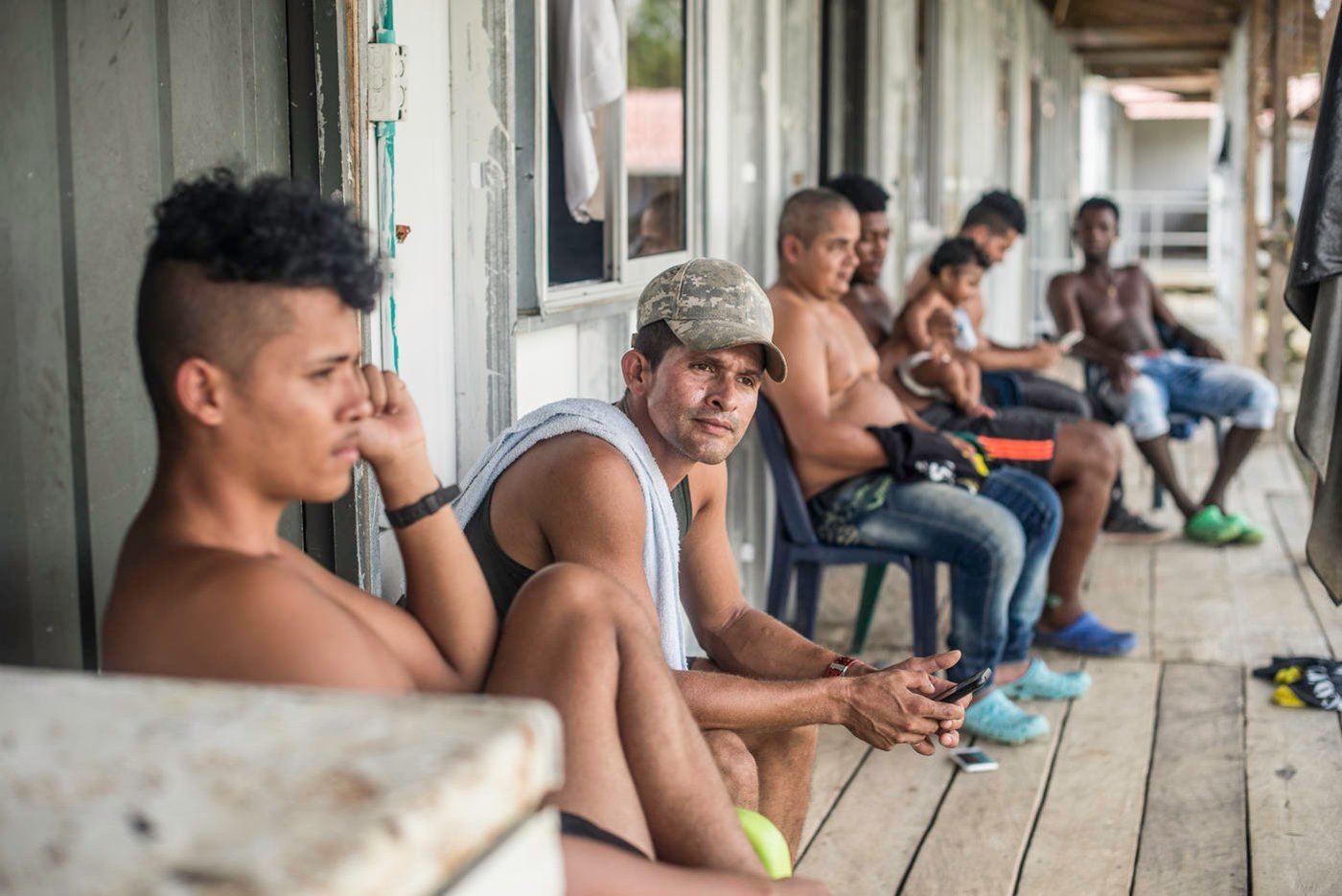
6. Negotiations with the armed group ELN with little progress
The government and the armed group ELN (Ejército de Liberación Nacional) have been in formal peace talks since February 2017. After 101 days of cease-fire, ELN attacked and killed several members of the Colombian security forces in mid-January 2018. Few days later, the group claimed responsibility for a bomb attack on a police station in northern Colombia. While attacks continue the peace talks are expected to resume shortly.
7. The population voted against the original agreement
The peace agreement was decided in congress in November 2016, little over a month after in referendum vote the agreement lost with a tiny margin. Several leading politicians have expressed the desire to make changes to the agreement, potentially putting the agreement as such at risk.
8. The peace process feels slow to the population
In some parts of the country, Colombians witness increasing violence, and feel less safe now than they did before. Many feel they have not been adequately included in the peace process, and therefore lack trust in the government.
The reconciliation work must be prioritised, and approached from the bottom up. There are many indications that the peace process has been overly top-down. Mobilising locally is important.
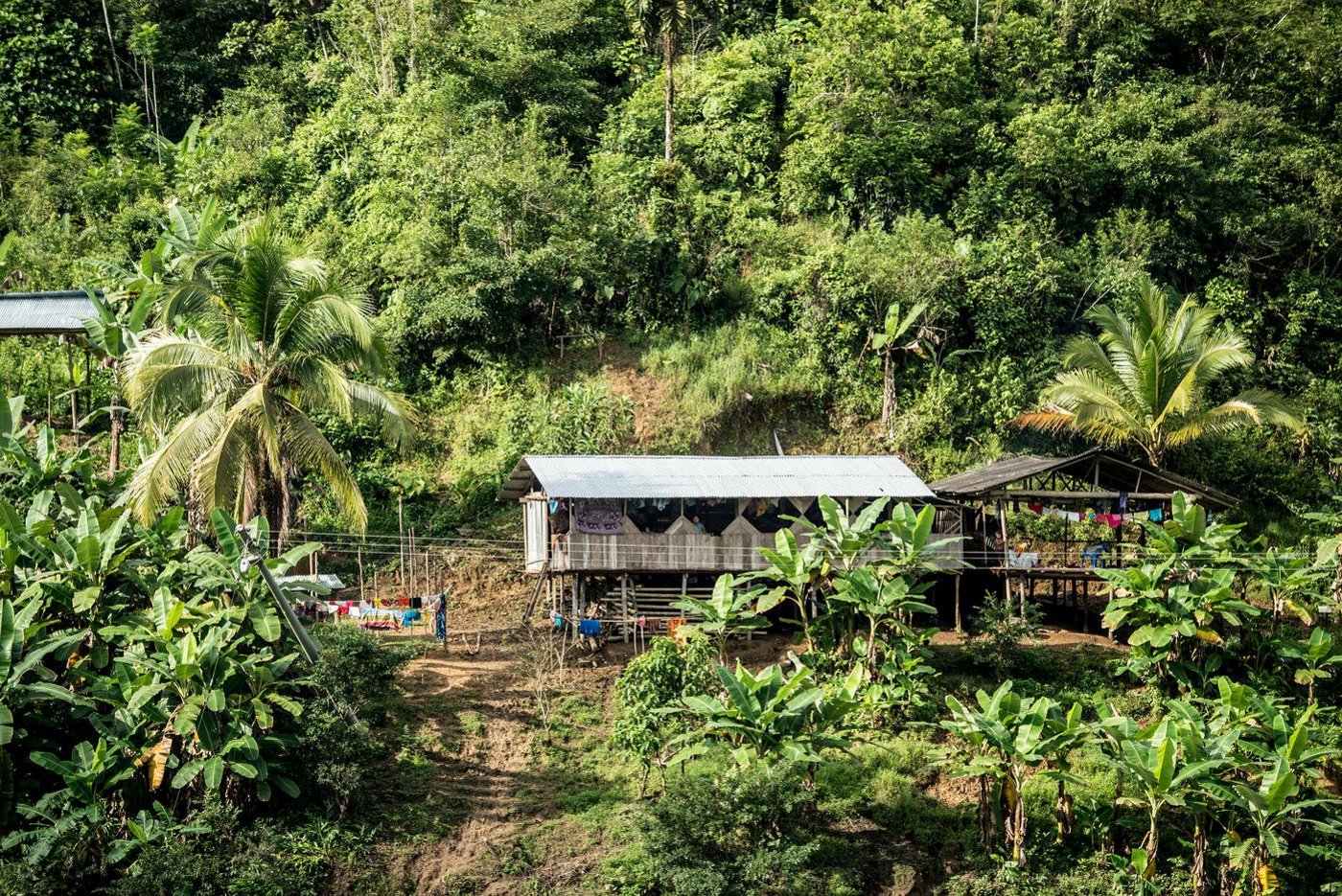
9. The Colombian conflict is rooted in a struggle for land
The struggle for land has been continuous throughout Colombia's history, and today, about two percent of land owners control well above half of the land. The implementation of the Victim´s Law from 2012, involving the return of land to people who were forced to flee, is slow because of a lack of economic resources and poor security. The peace agreement facilitates giving land access to small farmers from the districts, as well as larger companies doing commercial farming. The redistributed land is typically land expropriated from drug cartels or land without formal ownership. A larger redistribution is not part of the mandate of the peace agreement but will remain a challenge for future governments.
10. A new president will be elected in May 2018
This year, there has been a congressional election in March, a presidential election will take place in May, and no one knows what kind of government Colombia will have until the inauguration in August 2018.
President Juan Manuel Santos, whose entire political prestige rests on the peace project, has served his two terms and cannot run for re-election. There are still forces to the political right in Colombian politics that are very sceptical to continuing the peace process.
The results from the election will tell us whether or not the Colombian population still believes in the peace process, and whether it will continue or come to a halt. It is very important that the international community continues to monitor the development closely.


